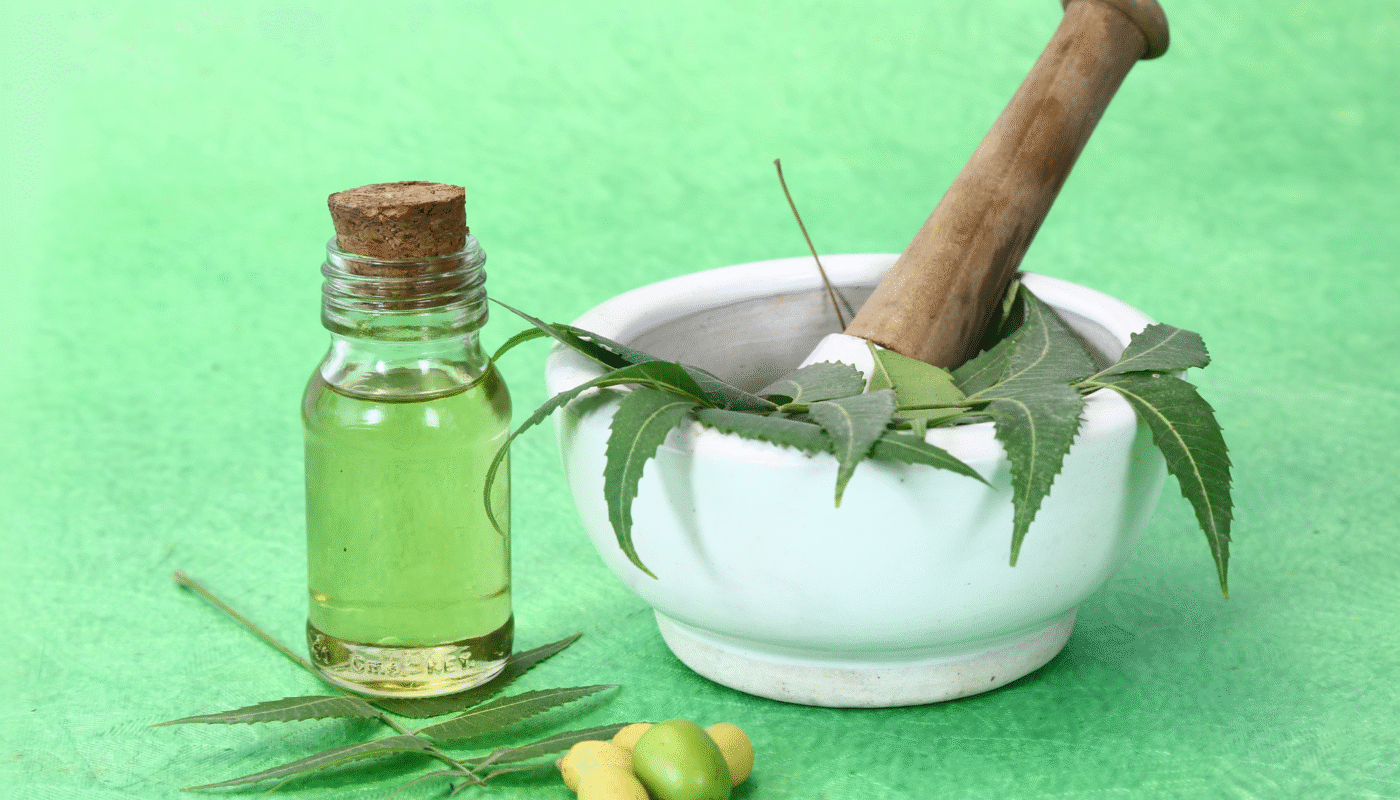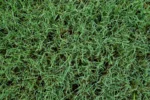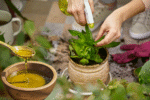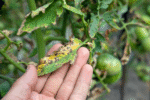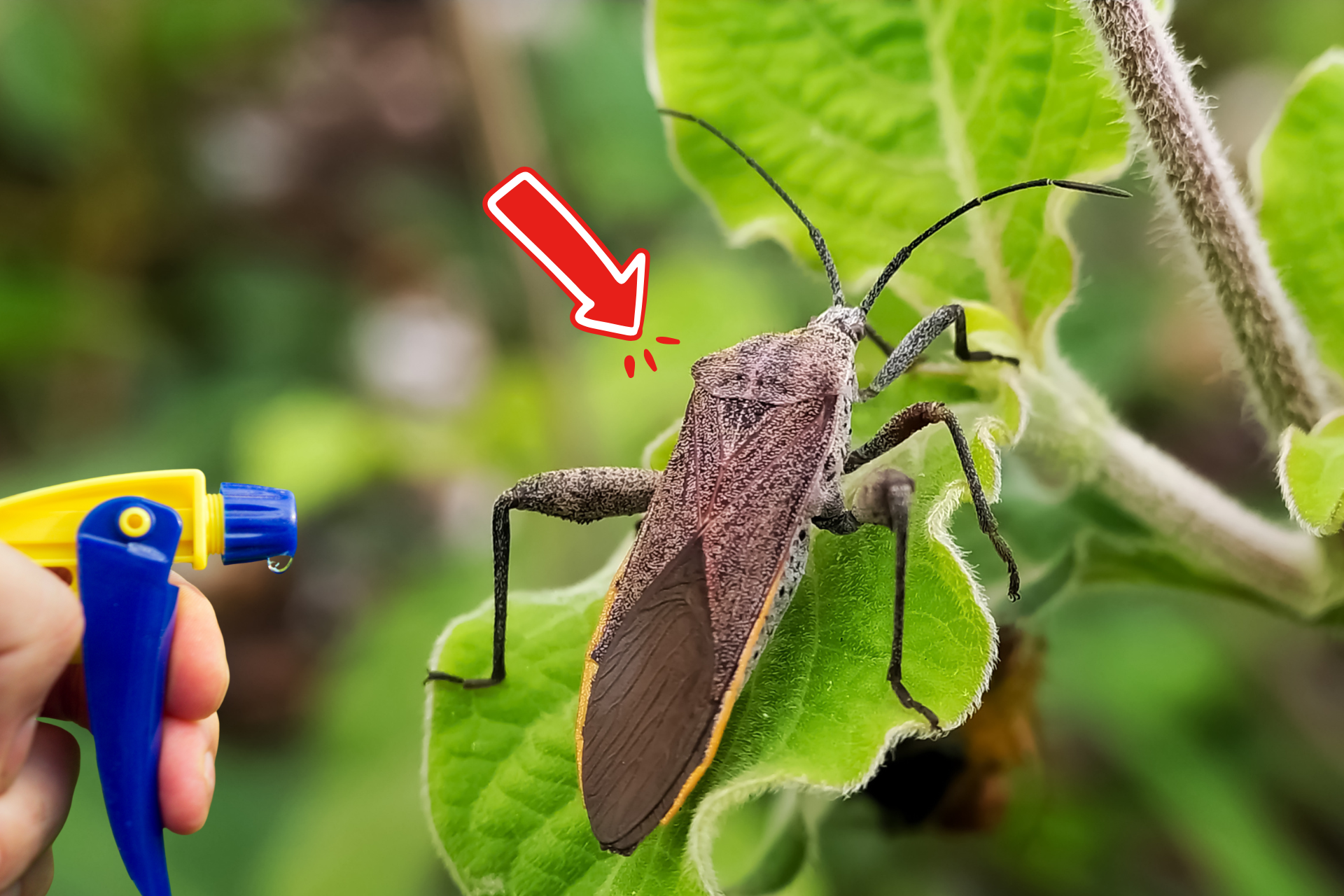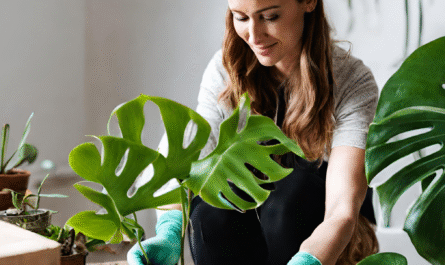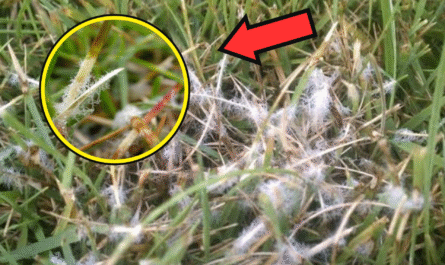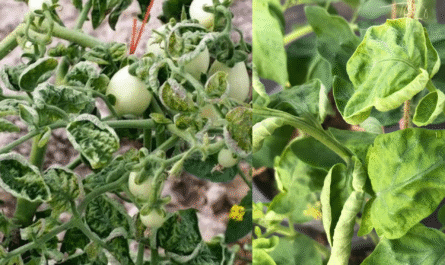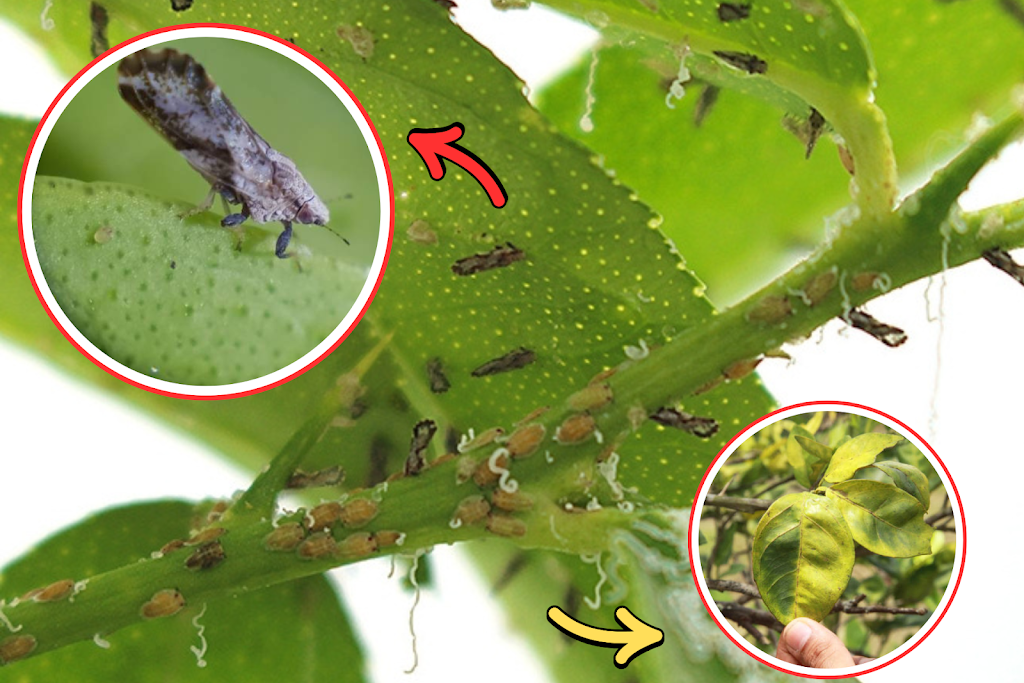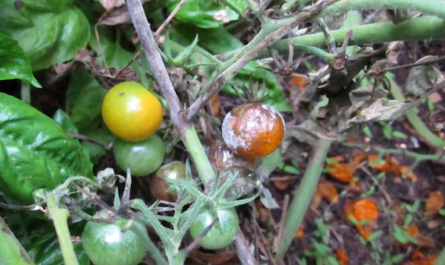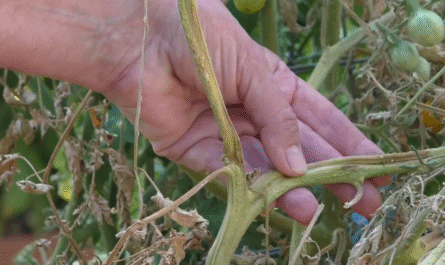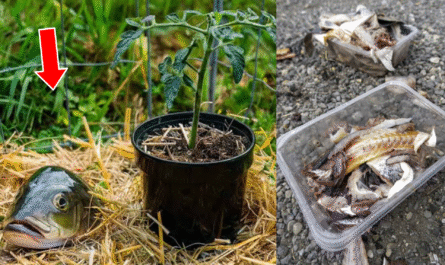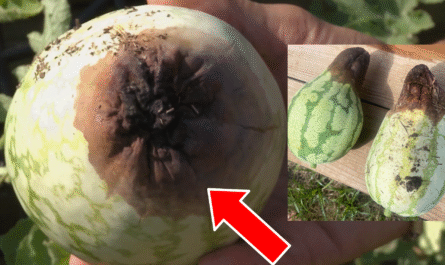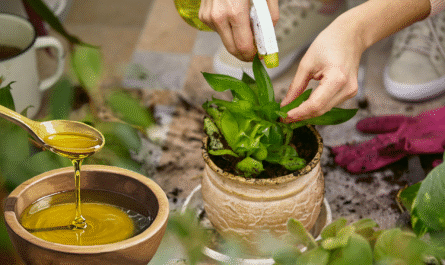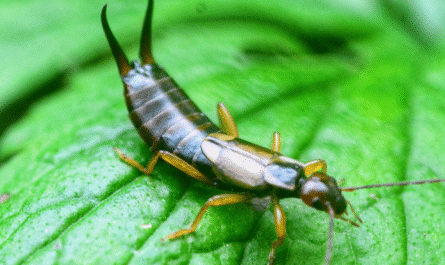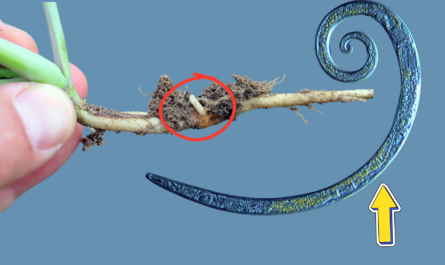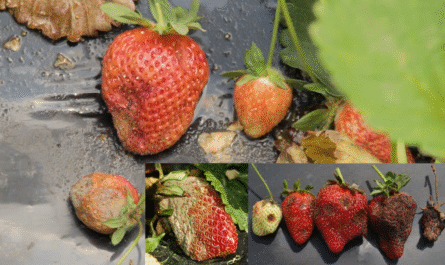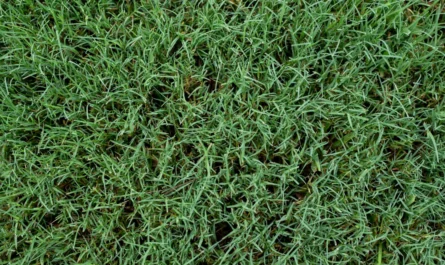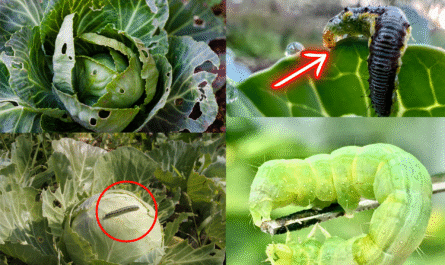I’ve been working with plants long enough to know that the wrong solution, even with the right intentions, can cause more harm than good. Neem oil is a perfect example. It’s powerful, versatile, and organic, but it has to be used properly.
I’ve seen gardeners give up on it after a single failed attempt, thinking it doesn’t work. The truth is, when neem oil is mixed, timed, and applied the right way, it becomes one of the most effective tools in any organic grower’s arsenal.
I don’t rely on synthetic pesticides, not because I’m trying to be trendy, but because I’ve seen firsthand how natural solutions like neem oil keep my garden in balance. It targets pests without nuking the ecosystem. It manages fungal issues without throwing the soil biome off. But here’s the key: neem oil only works if you know what you’re doing. So let’s break it down, what it is, how it works, and exactly how I apply it to keep my garden thriving.
What Neem Oil Actually Is and Why It Works
Neem oil is extracted from the seeds of the neem tree, Azadirachta indica, a plant native to India and well-known for its natural pest-repelling properties. When I say neem oil, I’m talking about the raw, cold-pressed version, not the clarified hydrophobic stuff that’s been processed and diluted. The cold-pressed kind is rich in azadirachtin, the compound that gives neem oil its effectiveness. This compound doesn’t just kill pests; it messes with their hormones, their appetite, and even their ability to lay eggs.
What I love most about neem is that it doesn’t just act like a hammer. It’s more like a system disruptor for soft-bodied insects, aphids, spider mites, whiteflies, scale. It takes time to see the results, but the long-term effect is a gradual population crash without the toxic shock to your garden. That’s why neem works best as part of a routine, not a panic response. It prevents infestations from spiraling in the first place.
It’s also biodegradable and breaks down quickly in sunlight and soil, which makes it ideal for sustainable growing. I always remind gardeners: neem isn’t a poison in the traditional sense. It’s a deterrent, a disruptor, and a repellent. That’s why you can use it around beneficial insects if you’re smart about timing and placement. And that leads into one of the most overlooked aspects, when you apply it matters just as much as how.
When to Apply Neem Oil
Timing neem oil applications is one of the biggest differences between success and failure. I don’t just spray when I see pests, I spray when I expect them. Early morning or just before sunset is ideal. If you spray neem oil in the heat of the day, the oil can burn the leaves. I’ve seen too many crispy tomato plants ruined because someone sprayed at noon.
Neem oil also works best when pests are in their early stages. Once an infestation is out of control, neem won’t save you overnight. But if I apply it when I notice the first few aphids or see a little powdery mildew on the lower leaves, I can usually stop things before they escalate. It’s a lot like sharpening your tools before the job, you’re preparing your plants, not reacting in desperation.
Seasonally, I pay close attention to warm, wet conditions, exactly the kind of weather pests and fungal diseases thrive in. That’s when I step up my neem oil regimen. In spring and early summer, I spray preventively every 7–14 days. In midsummer, when pests like spider mites explode, I tighten the schedule. Once you sync neem oil use with the pest pressure in your climate, you’ll start to see real results.
How to Mix Neem Oil Properly
Mixing neem oil isn’t difficult, but it does require attention to detail. I’ve made the mistake of winging it before, adding too much oil or skipping the emulsifier, and ended up clogging my sprayer or coating my plants with an uneven, greasy mess. Here’s what I’ve learned: always mix warm water, neem oil, and a small amount of mild liquid soap (like Castile or unscented dish soap) as the emulsifier. This helps the oil disperse evenly in water instead of floating on top.
The general ratio I stick to is 1 tablespoon of neem oil per gallon of water, with a teaspoon of soap. If I’m dealing with an active infestation, I might go up to 2 tablespoons, but never more. Stronger doesn’t mean better with neem. In fact, it can do more harm than good. I mix only what I’ll use within an hour, because neem breaks down quickly once it’s in water and exposed to air.
I always rinse my sprayer thoroughly before and after use. If any leftover neem mixture sits in the tank, it starts to go rancid and clog up the nozzle. For larger applications, I mix in small batches and stir often to keep it well blended. If you get the mix right and apply with care, neem oil becomes an incredibly efficient treatment without the risks of heavy-handed pesticides.
How to Apply Neem Oil Effectively
Once the mixture is ready, the actual spraying matters just as much as the formula. I never rush this part. I treat it like a maintenance ritual, not a quick fix. The key is full coverage, top and bottom of every leaf. Most pests, especially mites and aphids, camp out on the undersides of foliage. If you only hit the top, you’re basically giving them a free pass. I always start at the base of the plant and work my way up to make sure everything gets an even coat.
I don’t soak the plants. That’s a rookie mistake. Neem oil isn’t meant to be poured or blasted. It’s a foliar spray, not a flood. If the leaves are dripping, you’re using too much. I give each plant a light mist, just enough to cover but not saturate. The goal is to create a thin, even film that sticks without suffocating the plant. I always shake the sprayer periodically to keep the oil suspended, otherwise, it separates and starts to clump.
When I’m using neem preventatively, I apply it every 7 to 14 days. If I’m dealing with an active outbreak, say, spider mites are showing up on my cucumbers- I’ll apply every 3 to 5 days for two weeks, then step back once I see improvement. The trick is consistency. One spray won’t knock out an infestation, but a steady rhythm will disrupt the lifecycle of pests over time. It’s not flashy, but it works.
Avoiding Common Mistakes
Most of the problems I’ve seen with neem oil come down to user error. The first big one? Overapplication. People think, “If a little helps, more must be better.” It’s not. Neem oil is still an oil, too much can clog the plant’s pores and interfere with photosynthesis. I’ve seen perfectly healthy leaves turn brown and curl after a heavy-handed spray. Less is more, especially when your plants are already stressed.
Another classic mistake is spraying during the hottest part of the day. This almost guarantees leaf burn. Neem oil, combined with direct sunlight and heat, acts like a magnifying glass. I always wait until early morning or dusk, when the sun is low and temperatures are mild. That also helps the spray linger long enough to do its job before breaking down in the light. Timing, again, is everything.
And then there’s freshness. Neem oil degrades over time, especially if stored in heat or light. If you’re using a bottle that’s been sitting in a hot garage for a year, it’s probably lost most of its potency. I store mine in a cool, dark place and write the date I opened it right on the label. If it smells sharp and nutty, it’s good. If it smells rancid or funky, it’s gone bad. Using old neem oil is like spraying water, you’re wasting your time.
Neem Oil and Beneficial Insects
One of the biggest misconceptions I hear is that neem oil kills all bugs, including the good ones. That’s not true, if it’s applied correctly. Neem doesn’t work on contact like chemical pesticides. It needs to be ingested to be effective. Beneficial insects like ladybugs, lacewings, and bees don’t eat your plants, so neem doesn’t affect them the same way it does pests like aphids or whiteflies.
That said, it’s still on me to be careful. I don’t spray neem when bees are active. I aim for early morning or late evening, when pollinators have wrapped up their rounds. I also avoid spraying flowering parts of the plant unless absolutely necessary. If I need to treat a plant in bloom, I’ll often cover the flowers temporarily or focus on the foliage only. This minimizes the chances of getting neem where I don’t want it.
In some cases, I’ll even leave untreated “buffer zones” in the garden, areas where beneficials can thrive without being disturbed. I rely on those insects as part of my integrated pest management, so I’m not trying to nuke them. Neem oil fits into that strategy as a surgical tool, not a bomb. If you apply with intention and respect the ecosystem you’re working in, you’ll keep the good bugs around while making life hell for the pests.
Neem Oil for Soil Health
Most gardeners think of neem oil strictly as a foliar spray, but I also use it as a soil drench, especially when I’m targeting pests that live below the surface, fungus gnats, root aphids, and even some types of nematodes. When I first started using neem this way, I was skeptical. But after a season of losing young seedlings to root pests, I gave it a shot, and it made a big difference. The drench reaches the root zone where these pests lay eggs and live out their life cycles.
To do a proper soil soak, I use the same neem oil mix I’d use for foliar spraying, 1 to 2 tablespoons per gallon of water, with a bit of mild soap as an emulsifier. I pour it slowly at the base of each plant, letting it seep down into the root zone. I don’t overdo it; just enough to moisten the top few inches of soil. I usually repeat this every 10 to 14 days during periods when soil-dwelling pests are most active, especially in warm, moist weather.
Aside from pest control, neem has subtle benefits for the soil itself. Azadirachtin and other compounds in neem oil act as antifungal agents and can suppress harmful pathogens like Pythium and Rhizoctonia. I’ve found that plants tend to recover faster and root more vigorously after consistent use. That said, I rotate neem oil with other treatments like compost tea and diluted seaweed to avoid throwing the microbial balance off. Soil is alive—and I treat it that way.
Neem Oil for Fungal Issues
Neem oil isn’t just for bugs, it’s also one of my go-to tools for dealing with fungal infections like powdery mildew, black spot, rust, and anthracnose. These diseases can wipe out an entire crop if ignored. I’ve had zucchinis and roses both fall victim to mildew in the past, and neem has helped me keep things under control without reaching for harsh fungicides. It’s not a silver bullet, but it’s an effective part of my rotation.
What makes neem oil effective against fungi is its ability to disrupt spore germination and inhibit mycelial growth. When I catch fungal issues early, a light neem spray every 4 to 7 days keeps the spread contained. But the trick is not to wait until the disease has already taken hold. I use neem proactively, especially in damp or humid conditions where fungi tend to thrive. Prevention is everything here.
If I’m treating an existing infection, I focus on the affected leaves but always treat surrounding areas as well. I trim off the worst of the infected growth to give the neem a fighting chance. And I never rely on neem alone. I pair it with good airflow, spacing, and watering at the base to avoid moisture buildup on leaves. Neem oil works best when it’s part of a bigger picture—not a Band-Aid slapped on after the fact.
How I Include Neem Oil in My Regular Garden Maintenance
Neem oil isn’t something I pull out only when there’s a problem, it’s part of my regular routine. During peak growing season, I apply it preventatively every 7 to 14 days. That’s enough to keep pests and diseases from gaining a foothold without stressing my plants. I check the weather before spraying, no rain in the forecast for at least 24 hours, and I avoid applying it right before a heat wave or cold snap.
I monitor how my plants respond. If I notice a little leaf curl or dullness, I might cut back and give them a break. Neem oil is gentle compared to synthetic treatments, but it’s still an active compound. Like anything else, moderation is key. I treat it as one part of a larger organic toolkit. Companion planting, crop rotation, good soil health, and physical barriers (like row covers) all play a role in reducing the need for any sprays, neem included.
When pests do show up, and they always do, I act quickly and systematically. I increase neem treatments for two or three weeks, then scale back once the pressure drops. I also use neem on houseplants and seedlings, but I always do a spot test first. Some sensitive plants don’t tolerate oil well, and it’s better to lose one leaf than an entire tray of starts. Over time, I’ve learned how each part of my garden responds to neem, and I adjust accordingly.
Final Thought
Neem oil isn’t a miracle cure, but in the right hands, it’s incredibly effective. I don’t treat it like a quick fix, I treat it like a maintenance tool, something that keeps the whole garden in balance. It forces me to pay attention, to observe closely, and to work with the natural rhythms of the garden instead of fighting them. That’s part of why I like it so much. It doesn’t let you get lazy.
What I’ve learned over the years is that success with neem oil comes down to consistency and respect, for the plants, for the pests, and for the entire ecosystem I’m trying to support. I don’t want to wipe everything out. I want to create an environment where my plants can thrive and pests never get the upper hand. Neem oil gives me that edge, as long as I use it carefully and deliberately.
So if you’re using neem for the first time, or if you gave up on it too soon, don’t treat it like a chemical spray. Treat it like a conversation with your garden. Watch how it reacts, respond accordingly, and make adjustments as you go. With patience and practice, neem oil becomes less of a product and more of a process. And that, more than anything else, is how I grow stronger, healthier plants year after year.
FAQs
If you notice leaf burn, brown spots, curled edges, or greasy-looking patches, rinse the plant with plain water as soon as possible to dilute the residue. Move it out of direct sunlight if possible, and hold off on any further sprays for at least a week. Next time, dilute your mixture slightly and apply it in the early morning or evening only. In small garden-use concentrations, neem oil is generally considered safe for pets once it dries. That said, I don’t let pets into freshly sprayed areas until the foliage has dried completely. Ingesting large amounts of concentrated neem oil can cause digestive issues, so I always store it out of reach and label it clearly. I keep my neem oil in a cool, dark place, usually in a cabinet or shaded shed. Exposure to heat or sunlight causes it to degrade, and once it starts smelling rancid or sulfurous, it’s no good. A tightly sealed bottle kept under 70°F can last up to a year. I write the purchase and open date right on the label. Sometimes. I’ve mixed neem oil with insecticidal soap or a light kelp extract with good results, but you should always test on a small area first. Avoid mixing neem with sulfur-based fungicides or strong acidic compounds. These combinations can burn foliage or cancel each other out. When in doubt, alternate sprays rather than combining them. What should I do if neem oil burns my plant?
Is neem oil safe for pets?
How do I store neem oil to keep it effective?
Can I mix neem oil with other organic sprays?

